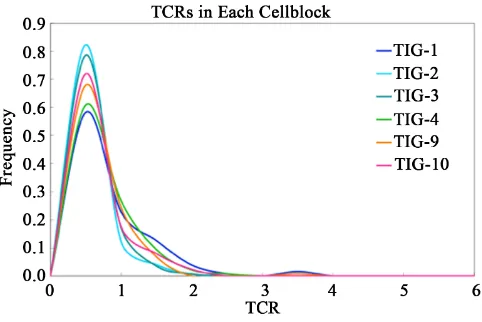Determination of Telomere Length by the Quantitative Fluorescence in Situ Hybridization (Q FISH) Method
Full text
Figure



Related documents
Adoptive T cell therapy (ACT) with tumor infiltrating lymphocytes (TIL) has proven to be a powerful treatment option for patients with metastatic melanoma with response rates
It is assumed that the Mn (IV} and Fe (III) compounds of the manganese nodules are reduced by the numerous aerobic bacteria at the sediment/water interface as
F-FDG were used to differentiate malignant tumors from benign lesions, (b) histopathological analysis and/ or close clinical and imaging follow-up were used as ref- erence
The tasks of the current research: analysis of theoretical findings in scientific publications; analysis of new business starter’s views on barriers for business start;
From the above analysis, at present stage, China’s industry structure and employment structure evolution ac- cords with the general rules of modern economic development;
Based on what was mentioned, the purpose of the present study is to study the comparative effect of non-negotiated pre-modified input (NNPI), negotiation of
1) The mean rawinsonde values belonging to the groups of days with surface zonda (i.e. wind blowing in the plains), days with high zonda (i.e. wind blowing at height) [1] [2]
Keywords: Meliaceae, Aglaia glabrata , dammarane-type triterpenoid, P-388 murine leukemia